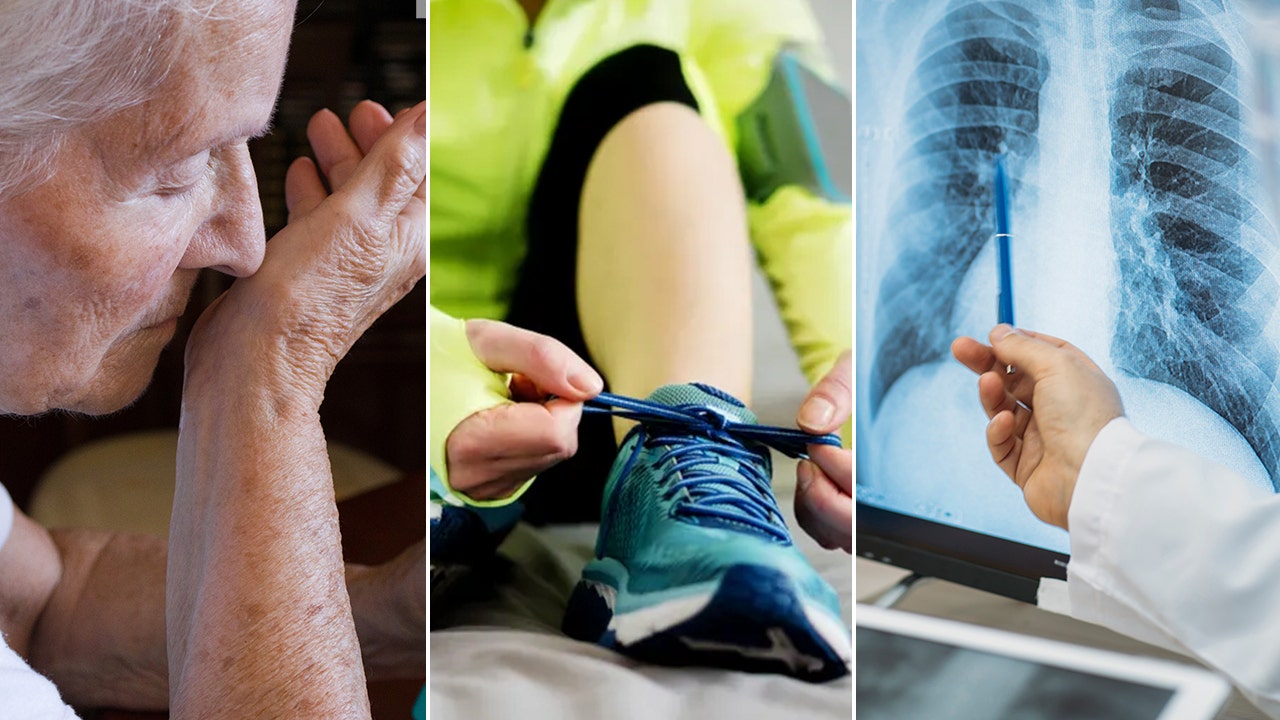How long do leftovers really last? And other holiday food safety questions, answered

As the holiday season approaches, many Canadians look forward to gathering with friends and family to enjoy big meals together. However, once the festivities are over, the focus shifts to dealing with leftovers. It’s estimated that one in eight Canadians, or about four million people, are affected by food-borne illnesses each year, resulting in thousands of hospitalizations and hundreds of deaths, according to the Public Health Agency of Canada.
The topic of leftovers can spark debates and questions about food safety. How long can cooked food be stored for? Is it safe to eat leftover pasta that has been in the fridge for a few days? And what about cheese that has started to develop mould – can you just cut off the affected parts and eat the rest?
To provide clarity on these issues, CBC News consulted with Canadian food scientists to get their expert opinions. Here’s what they had to say:
Is it safe to leave cooked food out on the counter for a week, as long as it’s heated through each time it’s eaten?
Lawrence Goodridge, a food safety professor at the University of Guelph, advises against leaving food out at room temperature. Bacteria thrive in the temperature danger zone between 4°C and 60°C, making it unsafe to keep food out for extended periods. Goodridge warns about the dangers of Bacillus cereus, a bacteria that produces heat-stable toxins, causing serious illnesses.
Should hot food be cooled down before placing it in the fridge?
Jennifer Ronholm, an associate professor at McGill University, suggests allowing hot food to cool on the counter until steam is no longer visible before refrigerating it. Cooling food promptly helps prevent bacterial growth and reduces the risk of contamination.
Does the depth of the container matter when storing cooked food?
Kaidi Wang, an assistant professor at the University of Saskatchewan, explains that shallow containers allow food to cool faster, reducing the time it spends in the danger zone. Small batches of food also cool more quickly than large ones, helping to prevent the growth of harmful bacteria.
How long do leftovers last?
Food should not be left at room temperature for more than two hours, advises Ronholm. Leftovers should be consumed within five days of cooking to avoid the growth of pathogens like Listeria monocytogenes and Clostridium botulinum, which can pose health risks.
Can you cut off mould from hard cheese and eat the rest?
For hard cheese, Lawrence Goodridge recommends cutting off at least 2.5 centimeters of the cheese around and below the mould. However, soft cheeses should be discarded if mould is present, as mould and toxins can penetrate more easily in these types of cheeses.
Do leftovers need to be reheated to a certain temperature?
Health Canada recommends reheating leftovers to an internal temperature of 74°C and checking with a digital food thermometer. Soups, stews, and gravies should be reheated to a rolling boil to ensure they are safe to eat.
In conclusion, proper food storage, handling, and reheating are essential to prevent food-borne illnesses. By following these expert guidelines, Canadians can enjoy their holiday meals safely and reduce the risk of food-related health issues.




